Brazil, a captivating country located in the vast continent of South America, is widely acclaimed for its breathtaking and awe-inspiring landscapes.
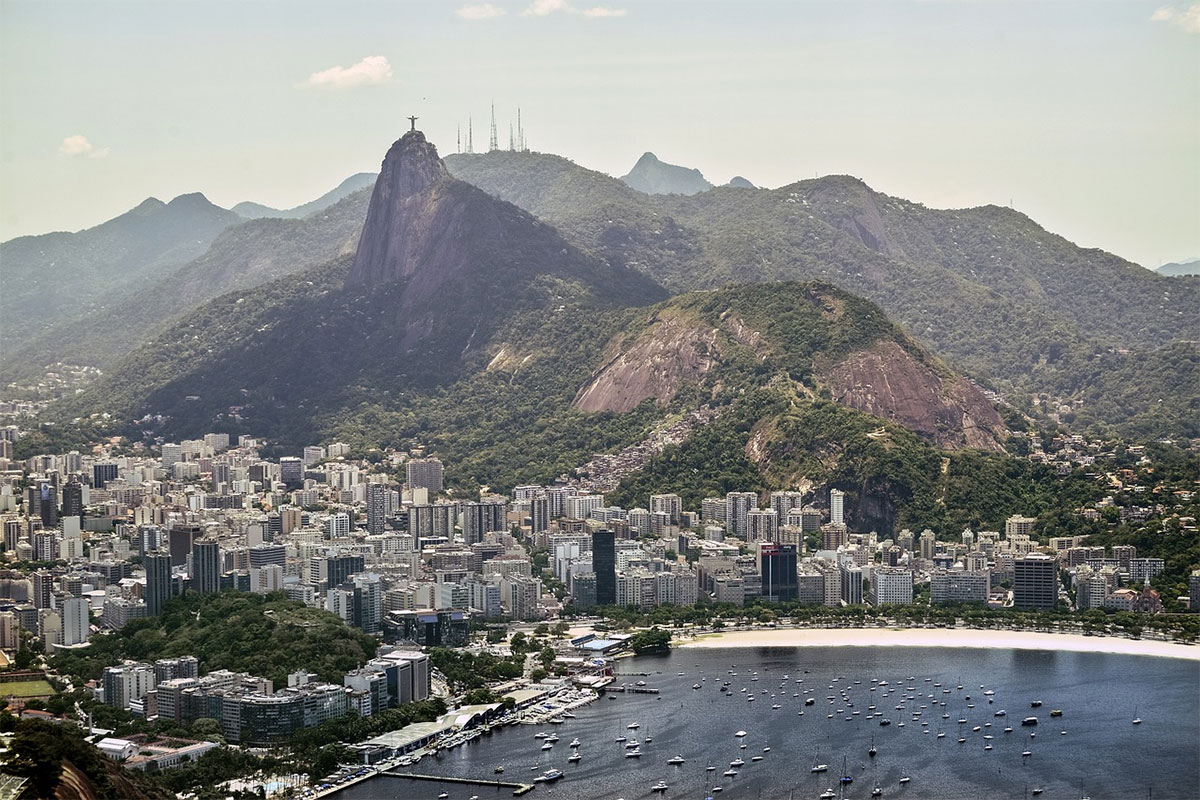
Brazil is home to some of the world’s most breathtaking natural landscapes, including the vast Amazon rainforest—covering nearly 60% of the country’s territory—and the iconic Iguazu Falls, which span the border between Brazil and Argentina. These natural attractions are not only visually stunning but also ecologically vital, drawing millions of eco-tourists and researchers each year. Coastal cities like Rio de Janeiro and Salvador offer a mix of white sand beaches and lush tropical mountains, while inland areas feature diverse ecosystems ranging from wetlands like the Pantanal to the arid Sertão. Such geographic diversity makes Brazil a prime destination for nature lovers and adventure seekers.
Beyond its geography, Brazil’s cultural identity is richly layered. The fusion of indigenous traditions, African heritage—brought by millions of enslaved people during the colonial period—and Portuguese influence creates a society known for its dynamic music, vibrant festivals, and flavorful cuisine. For example, Bahia’s Candomblé rituals and Afro-Brazilian dishes like moqueca co-exist with European-influenced traditions like São João festivals in the northeast and samba schools in Rio. Brazil’s cultural vibrancy is especially evident during Carnival, which draws global attention each year for its colorful parades and elaborate costumes.
Despite its vibrant culture and natural allure, Brazil faces complex public safety challenges that are often misunderstood or oversimplified. While some cities, such as São Paulo and Rio de Janeiro, have struggled with organized crime and urban violence, the federal and state governments have implemented targeted security initiatives, including community policing, integrated surveillance, and social programs in favelas. In recent years, these efforts have shown measurable results in reducing homicide rates in major metropolitan areas. However, the perception of safety still varies widely, and media reports often focus disproportionately on violence without acknowledging progress or regional differences.
It’s critical to distinguish between high-crime zones and cities or regions with significantly lower risks. For instance, cities like Florianópolis, Curitiba, and Joinville in the southern states consistently rank among the safest urban areas in Brazil, boasting lower crime rates, better urban planning, and higher standards of living. Similarly, smaller towns in states like Minas Gerais and Espírito Santo often offer a peaceful environment with tight-knit communities and relatively low violence. For prospective residents or travelers, consulting updated safety data and understanding local contexts is key to making informed decisions about where to visit or live in Brazil.
1. Palmas
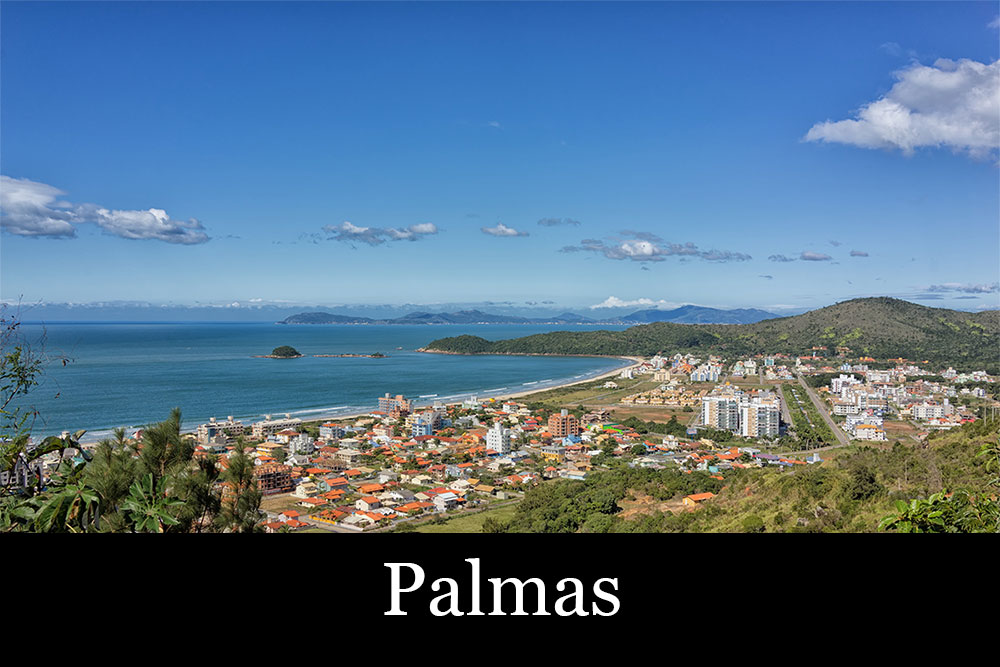
Palmas, a city located in the lush rainforest state of Tocantins in Brazil, is currently experiencing a period of rapid growth and development. This city, which is not only beautifully situated on the scenic banks of the Tocantins River but also surrounded by abundant greenery, is widely known for its stunning rivers that are not only home to a diverse range of wildlife species but also provide a picturesque backdrop for residents and visitors alike. With a population of over 306,000 residents, Palmas has earned a well-deserved reputation as one of the safest cities in Brazil for the past decade, offering a secure and tranquil environment for its residents. This remarkable decrease in crime rates can largely be attributed to the significant decline in organized gang activities and criminal behavior across the city, as a result of the continuous efforts made by local authorities and law enforcement agencies to ensure the safety and well-being of the community.
2. Florianopolis
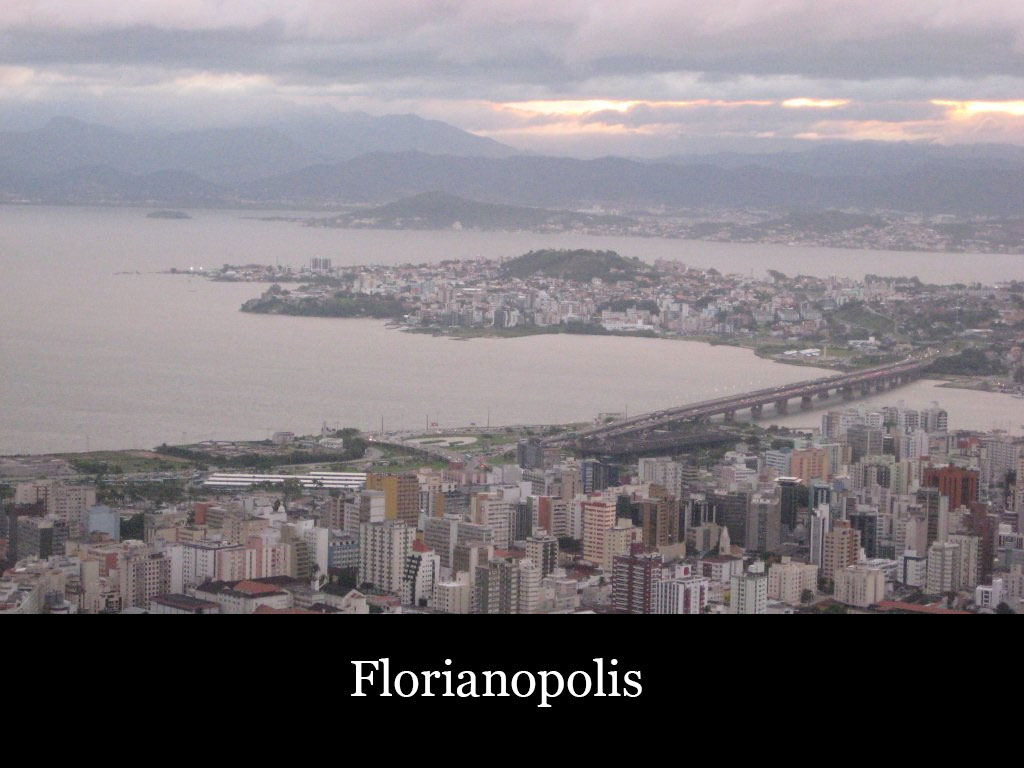
Florianopolis, the capital of Santa Catarina in Southern Brazil, is an island city known for its robust and intimate community. With a population of 1.28 million, most residents live on the central island, which is divided by a mountain range. The city has gained a reputation for being one of the safest in South America, as evidenced by the decade-long decrease in reported crimes. Florianopolis is not only a popular destination for adventure seekers and outdoor enthusiasts, but it also offers a wide range of cultural and artistic experiences. Visitors to the city can explore the vibrant local art scene, visit historic landmarks, and indulge in the delicious local cuisine. The stunning beaches and nature reserves of Florianopolis provide endless opportunities for relaxation and outdoor activities. The saltwater lagoon, Lagoa da Conceição, is a haven for water sports enthusiasts, offering opportunities for windsurfing, boating, and even paddleboarding. Florianopolis is one of the safest and most comfortable places to live in Brazil.
3. Belo Horizonte
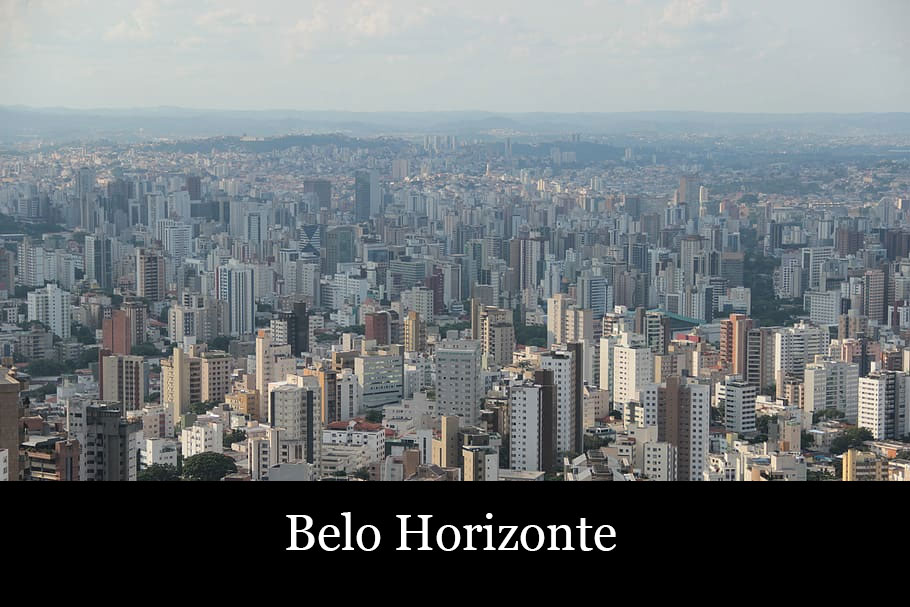
Belo Horizonte, the capital city of Minas Gerais in Southeastern Brazil, is known for its stunning landscapes and modern architecture. Situated between the majestic Serra do Curral and Serra da Moeda mountain ranges, the city offers a vibrant and diverse community. With a population of around 2.7 million people, Belo Horizonte is considered one of the safest places in Brazil, providing a strong sense of security for residents and visitors. While Belo Horizonte has a commendable safety record, it is important to remain aware of the occasional instances of petty crimes such as pickpocketing and different types of scams. Taking necessary precautions will ensure a safe and enjoyable living in this beautiful city..
4. Brasilia
Brasilia, the capital city of Brazil, is home to nearly 5 million residents. Situated in the central-west Brazilian highlands, it is renowned for its exemplary modernist urban design of the 20th century. In addition to its architectural marvels, Brasilia offers a vibrant cultural scene with numerous museums, art galleries, and theaters that showcase the rich heritage and creativity of the Brazilian people. One of the notable aspects of Brasilia is its relatively low crime rates compared to other major cities in Brazil. This makes it an attractive and safe place to live for both locals and expatriates. The city’s commitment to education and employment has played a significant role in maintaining this safety. With a highly educated population and ample job opportunities, the residents of Brasilia have consistently contributed to the decline in crime rates over the years. However, it is important to note that street crimes, such as theft and robbery, still occur in Brasilia, albeit at a lower frequency than in other cities.
5. Sao Paulo
São Paulo, also known as Sampa, is a bustling international city in Brazil. With a population of over 20 million, it is considered the industrial and economic center of South America. The city offers a wide range of attractions, including museums, neo-Gothic architecture, a vibrant shopping district, and a diverse selection of restaurants to suit all tastes and budgets. São Paulo also boasts a lively 24/7 bar and club scene, offering endless entertainment options for visitors and residents alike. Additionally, the city is known for its rich cultural heritage and hosts numerous festivals and events throughout the year, showcasing the diversity and creativity of its people.. While São Paulo does have some favelas, the overall crime rate, particularly violent crime, is declining due to increased security measures and community initiatives. However, it is always important to remain vigilant and take necessary precautions against petty theft, such as pickpocketing, which can still occur in crowded areas.
6. Salvador
Salvador, the third-largest city in Brazil, is home to approximately three million people. Situated on the beautiful Bay of All Saints, it boasts a rich history and is particularly famous for its stunning Baroque colonial churches. As the capital of Bahia, this charming northern town offers a paradise for beach enthusiasts and is a popular destination for both domestic and international tourists. Its unique Afro-Brazilian heritage adds to its allure, attracting visitors from all corners of the globe. The city, like many others, faces its fair share of challenges, including high poverty and unemployment rates, as well as crimes related to gangs and syndicates. Nevertheless, the local authorities have been proactive in combating criminal activity by implementing various measures. These include the deployment of additional police personnel, the installation of city-wide surveillance cameras, and the utilization of social media platforms to enhance crime prevention efforts. Consequently, these initiatives have yielded positive results, with crime rates in the city experiencing a decline in recent years.
7. Rio de Janeiro
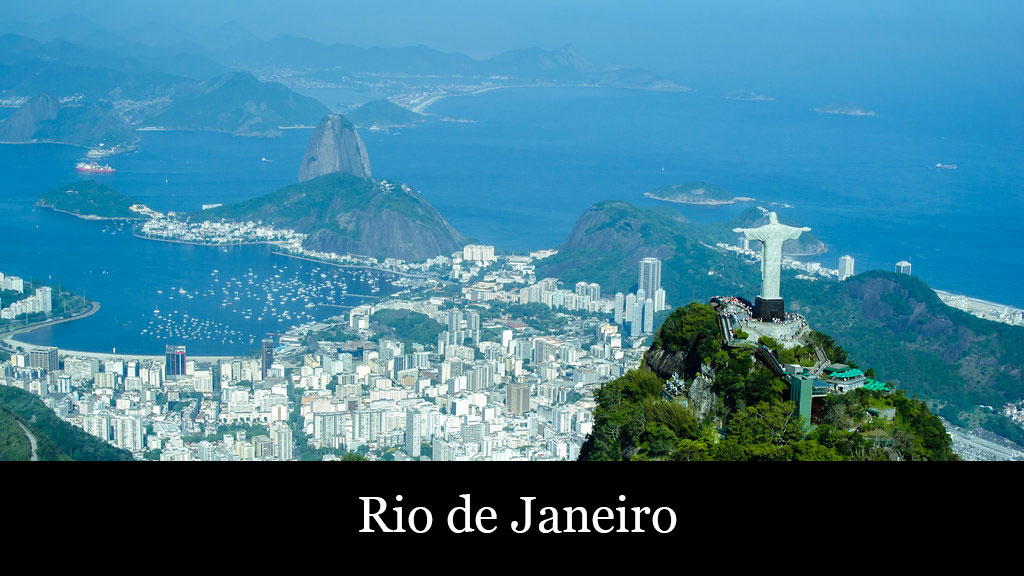
Rio de Janeiro, Brazil’s largest city, is famous for its stunning beauty and vibrant atmosphere that attracts visitors from all over the world. This lively city is renowned for its warm tropical weather, making it the perfect place to enjoy its beautiful beaches and participate in its lively festivals that showcase Brazil’s rich cultural heritage. Aside from its natural attractions, Rio de Janeiro is also a hub of culture and history. Exploring the city allows visitors to immerse themselves in its fascinating museums and admire the magnificent architecture found throughout its streets. One cannot miss the opportunity to be amazed by the iconic Christ the Redeemer statue, a monumental masterpiece that proudly stands atop Mount Corcovado, symbolizing both the city’s religious devotion and its breathtaking beauty. While Rio de Janeiro is generally a safe destination, residents should exercise caution, especially in the sprawling favelas where crime rates, particularly theft, can be higher. However, it’s important to note that the city has implemented effective measures to combat crime, resulting in a significant decrease in murder rates and ensuring the safety and well-being of both residents and tourists.
8. Natal
Natal, the capital city of Rio Grande do Norte, is a vibrant and picturesque destination located on Brazil’s upper northeastern tip. Steeped in history, Natal was originally founded as a Portuguese fortress in the 16th century, adding to its charm and allure. With its stunning beaches and laid-back atmosphere, Natal has become a sought-after tourist hotspot, attracting visitors from all over the world to experience its natural beauty and warm hospitality.Home to a population of just under 900,000 people, Natal’s economy thrives on the tourism industry, which plays a vital role in driving the city’s growth and development. The influx of tourists not only boosts the local economy but also contributes to the cultural diversity and vibrant atmosphere of the city. One of the standout features of Natal is its reputation for safety. In fact, it is considered the second safest capital in Brazil, providing residents and visitors with a sense of security and peace of mind. With lower rates of murders and robberies compared to other cities in the country, Natal offers a safe and welcoming environment for both locals and tourists alike.
9. Recife
Recife, the capital city of the northeastern state of Pernambuco in Brazil, is a vibrant and bustling metropolis. Founded by Portuguese colonists in the 16th century, this city on the upper northeastern coast is steeped in history and culture. With a population of 4 million people, Recife offers a diverse range of experiences and attractions. One of the highlights of Recife is its culinary scene. The city is home to trendy restaurants and smaller food bars, where visitors can indulge in a variety of delicious dishes. Whether you’re craving traditional Brazilian cuisine or international flavors, Recife has something to satisfy every palate. The combination of cosmopolitan vibes and a tropical atmosphere gives the city a unique charm that captivates both locals and tourists. In addition to its vibrant food scene, Recife has also made significant strides in improving its safety and security. While the city was once considered Brazil’s Wild West, it has undergone a transformation in recent years. Thanks to a decline in organized criminal activity, Recife has become a safer place to visit and live. The implementation of a “zero-tolerance” policy for crime has led to a decrease in common robberies and theft. This concerted effort to combat crime has made Recife a safe and peaceful destination for travelers.
10. Campo Grande
Campo Grande is the capital city of Mato Grosso do Sul Estado, a state located on the border of Brazil, Bolivia, and Paraguay. This city is strategically situated near the headwaters of the Anhanduí River, which adds to its natural beauty and charm. Despite having a population of approximately 90,000 residents, Campo Grande stands out as a safe place, even during nighttime. The city has impressively low rates of property and violent crime, thanks in part to the successful implementation of the “Safe City” initiative. Over the past decade, this innovative approach to law enforcement has made a significant impact, leading to a decrease in reported crimes. In order to ensure proactive surveillance and maintain the safety of the city, numerous surveillance cameras have been strategically placed throughout Campo Grande, providing an added layer of security and peace of mind for its residents and visitors alike.
This article was updated on Apr. 29, 2025, to include up-to-date information .









